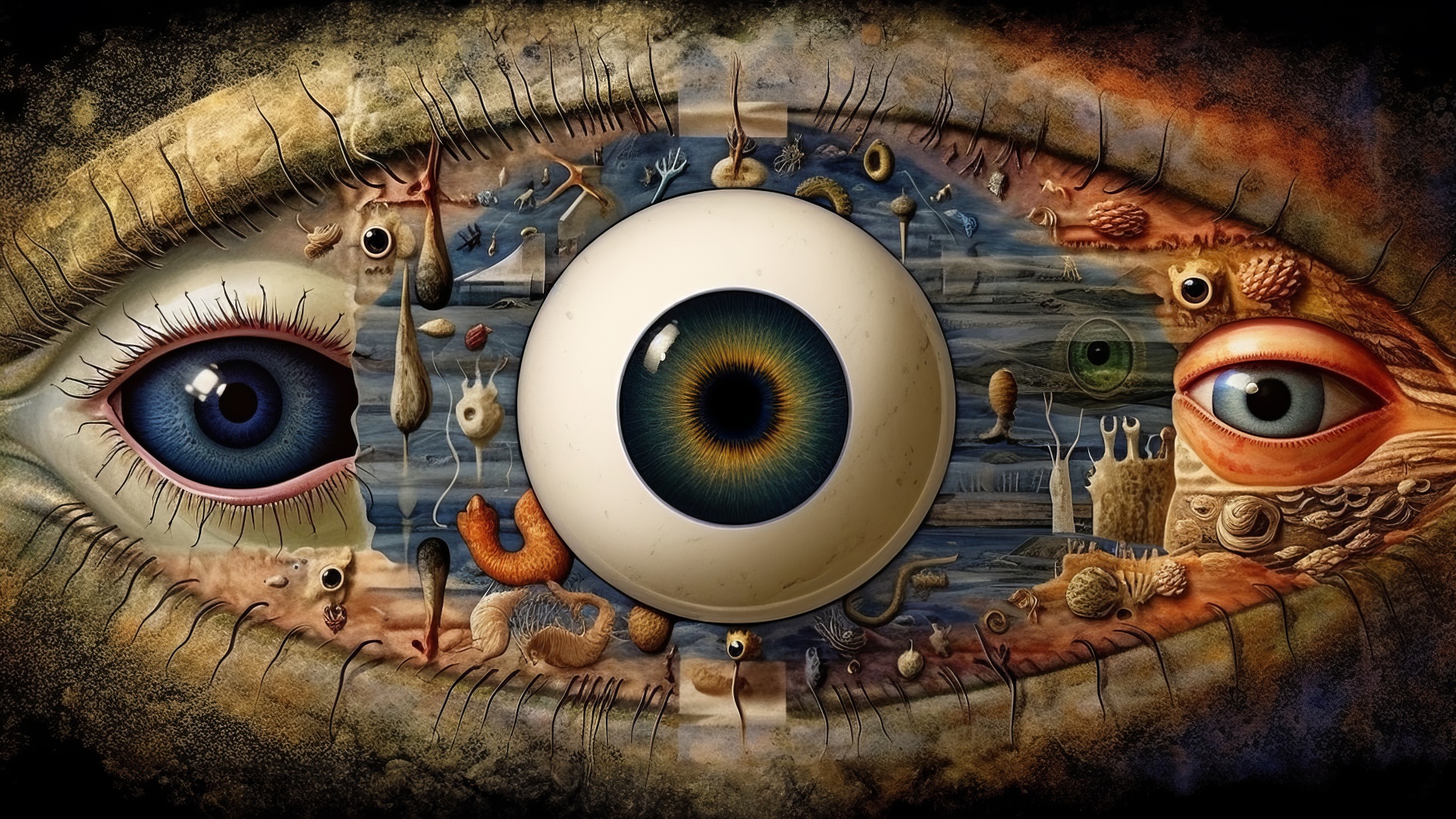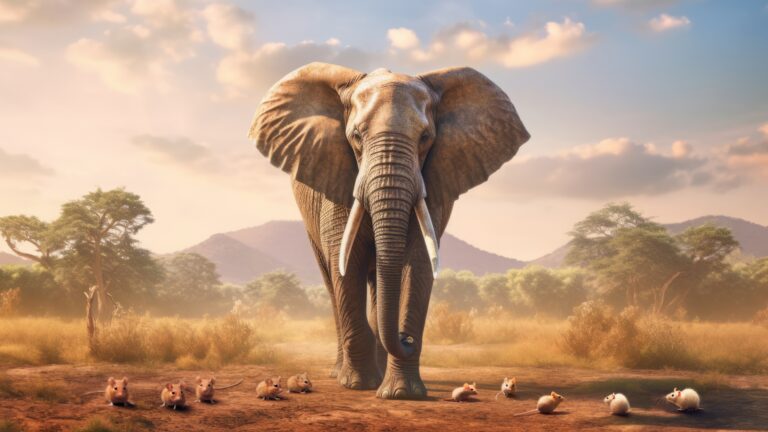“The Extended Phenotype” by Richard Dawkins expands the concept of phenotype to include a gene’s effects on its environment. The book explores gene-centric evolution, the relationship between genotype and phenotype, and the complexities of natural selection.
Genes as the Unit of Selection
- Dawkins presents the gene-centric view of evolution, where genes are seen as the primary unit of natural selection.
- The central idea is that the fate of a gene is not solely determined by the survival and reproduction of the organism, but rather by the gene’s success in the gene pool across multiple generations.
- This includes concepts like ‘selfish genes’ that appear to promote their own survival at the expense of the organism or other genes.
Extended Phenotype
- Dawkins argues that the effects of a gene are not confined to an organism’s body, but can stretch far into the environment, including the bodies of other organisms.
- This concept extends the notion of phenotype to include all the environmental effects that a gene has, leading to what Dawkins calls the ‘extended phenotype’.
- Examples of the extended phenotype could include the construction of beaver dams, bird nests, and spider webs.
Artefact Phenotype
- An artefact phenotype is any effect of a gene that is not part of the organism’s body but still impacts the organism’s fitness.
- For instance, the termite mounds, spider webs, beaver dams etc., all constitute artefact phenotypes.
Host Phenotype
- A host phenotype is an organism whose phenotype is influenced by the genes of another organism.
- For example, parasites can manipulate their hosts’ behavior to increase their own fitness.
Genes and Behavior
- Dawkins discusses the role genes play in determining behavior. He suggests that the genes can influence an organism’s behavior, which in turn affects the environment.
- This extends the concept of phenotype beyond physical traits to also include behavioral traits.
Gene Competition and Cooperation
- Dawkins explores how genes, even within the same genome, can have conflicting interests and can compete with one another.
- On the other hand, genes can also cooperate when their interests align, such as in the formation of a body plan.
Outlaw Genes
- Dawkins introduces the concept of ‘outlaw’ genes, which subvert the normal rules of gene transmission in their favor.
- These genes can sometimes spread rapidly through populations, even if they don’t confer any benefit to the organism.
Gene’s Eye View
- Dawkins uses the idea of the ‘gene’s eye view’ to emphasize that it’s the gene’s perspective that matters in evolution, not the organism’s or the species’.
- This view is a direct consequence of the gene-centric approach to evolution.





